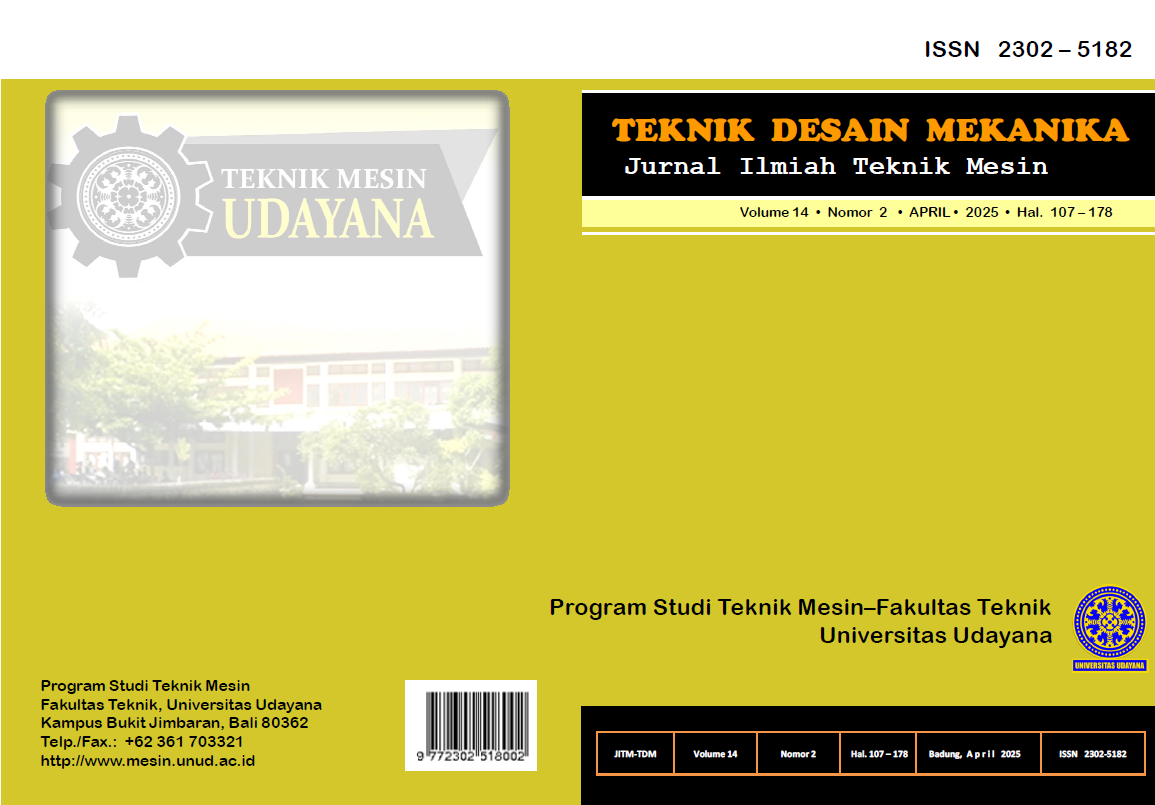Experimental Study on the Performance of a Counter-Flow Maisotsenko Air Cooling System with Variations in Secondary Air Mass Flow Rate.
Abstract
Evaporative cooling technology has been widely applied for more than a century. Evaporative cooling shows great potential in environmentally friendly and efficient cooling applications. The main driving forces of the evaporative cooling process are outdoor dry air and water. One evaporative cooling system is M-IEC which offers the advantage of lowering the temperature to wet bulb temperature without increasing humidity (constant) and requires much less electrical power compared to the vapor compression cycle. M-IEC is included in indirect evaporative cooling and is included in the development of evaporative cooling types. Research on the Maisotsenko-Indirect Evaporative Cooling cooling system was carried out with a counter flow air pattern by varying the secondary air mass flow rate of 0.055296 kg/s, 0.041472 kg/s and 0.027648 kg/s. The search for data on the Maisotsenko cooling system was carried out on primary air temperature and secondary air temperature. At the secondary air mass flow rate, the highest wet bulb effectiveness and dew point effectiveness were produced at an air mass flow rate of 0.027648, each of which reached a value of 17.9%; and 14.6%. Meanwhile, at a secondary air mass flow rate of 0.0415 kg/s, the cooling capacity and ER reach the highest values of 0.06 Kw and 0.12% respectively


